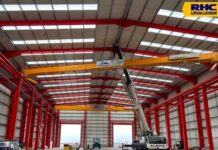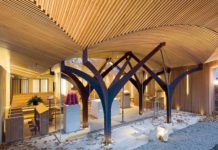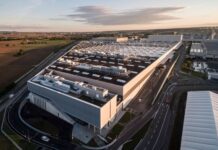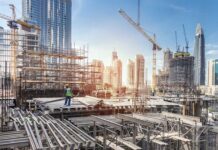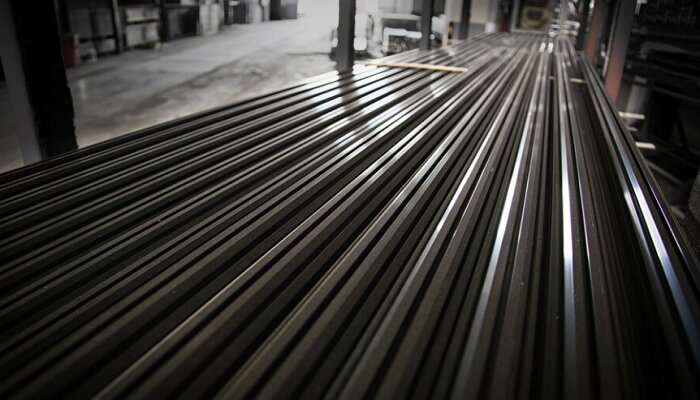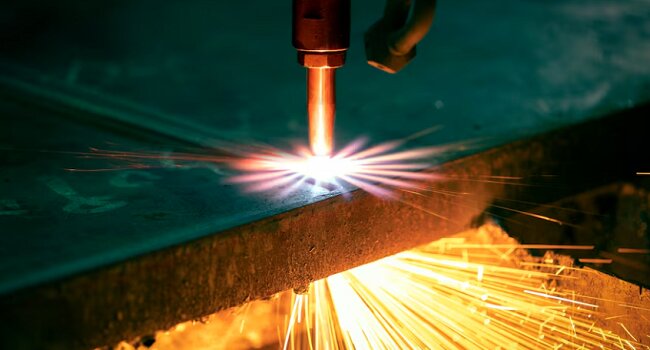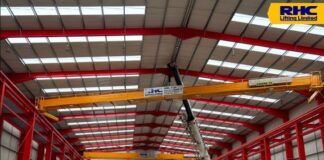In the realm of architectural and infrastructural development, the choice of materials plays a pivotal role in ensuring the longevity and efficiency of a project. The Australian bridge project, as detailed in a comprehensive case study by Montanstahl, exemplifies the transformative impact of high-quality materials combined with innovative manufacturing techniques. This project not only showcases the practical applications of stainless steel custom profiles but also highlights their crucial role in modern engineering and architecture.
Setting the Stage for Innovation
In the competitive world of architectural construction and infrastructure, selecting the right materials and partners is critical for ensuring the longevity, safety, and functionality of a project. Montanstahl has emerged as a leader in this field, providing cutting-edge solutions that exemplify the synergy between advanced technology and practical application in modern construction projects.
The Challenge: Building a Durable Bridge in Harsh Conditions
1. Design Dilemmas:
Modern bridge design requires balancing a variety of considerations that span aesthetic appeal, functionality, cost-efficiency, and long-term durability. Architects and engineers often face the challenge of creating structures that are not only visually striking but also capable of withstanding diverse environmental stresses over decades. These design dilemmas include:
- Integrating modern aesthetics with structural integrity: Designers strive to create unique, iconic structures that symbolize cultural values or local identity, which often requires complex geometrical shapes and innovative uses of materials.
- Adaptability to diverse landscapes: Bridges must be designed to fit specific geographical and environmental conditions, whether spanning wide rivers, cutting across deep gorges, or connecting urban expanses, each scenario has its unique set of challenges.
2. Load and Stress Considerations:
Bridges are critical infrastructures that must support heavy, continuous loads, including vehicular traffic, pedestrian movement, and in some cases, rail transport. The structural design must accommodate:
- Dynamic loads: From high winds, earthquakes, and vehicular impact, each load type influences the overall design parameters and material selection.
- Thermal expansion and contraction: Materials used in bridge construction must tolerate temperature variations without degrading or losing functionality.
3. Environmental and Regulatory Hurdles:
Constructing a bridge involves meticulous planning to meet environmental and regulatory standards, which are often stringent to preserve surrounding ecosystems and ensure safety.
- Environmental impact assessments: Projects must often undergo rigorous environmental impact assessments to ensure minimal disruption to local wildlife, water quality, and plant life.
- Compliance with international and local codes: Bridge designs must adhere to a complex web of regulations and standards that govern safety, accessibility, and environmental protection.
4. Material Innovation and Selection:
The choice of materials is pivotal in modern bridge construction. Engineers must select materials that not only support the structural load but also resist environmental degradation over time.
- Corrosion resistance: Materials like stainless steel are favored for their longevity and resistance to environmental factors such as saltwater and industrial pollution.
- Sustainability: There is a growing emphasis on using materials that are sustainable, recyclable, and have a low environmental footprint throughout their lifecycle.
5. Technological Integration:
Modern bridge construction increasingly relies on advanced technologies for design, simulation, and construction processes.
- Computer-Aided Design (CAD) and Building Information Modeling (BIM): These tools allow for precise design and visualization of complex structures, facilitating better decision-making and efficient material usage.
- Automation in construction: Technologies such as prefabrication and modular construction not only speed up the construction process but also increase precision and reduce waste.
Montanstahl’s Solution: Precision Engineering with Custom Stainless Steel
- Custom Profiles for Specific Needs: Understanding the unique requirements of the bridge, Montanstahl employed their expertise in fabricating custom stainless steel profiles, designed to offer maximum strength and resistance against environmental damage.
- Advanced Manufacturing Techniques: The use of custom laser cut stainless steel allowed for intricate designs and precise cuts, essential for the complex geometries of the bridge structure.
Technological Edge: Laser Cutting and Welding
- Laser Cutting Process: Detailed explanation of how Montanstahl’s laser cutting technology works, highlighting its ability to create complex shapes with high precision, which are crucial for structural components.
- Benefits of Laser Welding: Discussion on the advantages of laser welding in construction, including its contribution to producing stronger joints and its role in enhancing the overall structural integrity of the bridge.
Material Selection: The Role of Stainless Steel
- Properties of Stainless Steel: Overview of the characteristics that make stainless steel an ideal choice for the construction industry, such as its durability, resistance to corrosion, and aesthetic appeal.
- Cost-Effectiveness: Analysis of how stainless steel, despite its initial cost, proves economical in the long run due to reduced maintenance needs and longevity.
Case Study: The Australian Bridge Project
- Project Overview: A brief introduction to the project, including its objectives and the specific challenges it faced.
- Montanstahl’s Contribution: Detailed account of how Montanstahl’s solutions were implemented in the project, including specifics on the customization of materials and the technical support provided.
Impact and Outcomes
- Structural Benefits: Insights into how Montanstahl’s materials contributed to the structural health of the bridge, ensuring its capability to withstand both the load and environmental pressures.
- Aesthetic and Functional Harmony: Discussion on how the project balanced aesthetic appeal with functional requirements, making the bridge not only a piece of infrastructure but also a landmark.
Future Outlook: The Importance of Innovative Material Solutions in Construction
- Trends in Construction Materials: Exploration of current trends in the construction materials industry, with a focus on sustainability and innovation.
- Montanstahl’s Role in Future Projects: How Montanstahl is positioned to contribute to future infrastructure projects with their expertise in custom stainless steel solutions.
Conclusion: Building Tomorrow’s Infrastructure Today
Summarizing the key points discussed, emphasizing Montanstahl’s role in advancing construction technology through innovative solutions like custom stainless steel fabrication. The conclusion reaffirms the importance of choosing the right partners and technologies to meet the challenges of modern infrastructure projects effectively.


